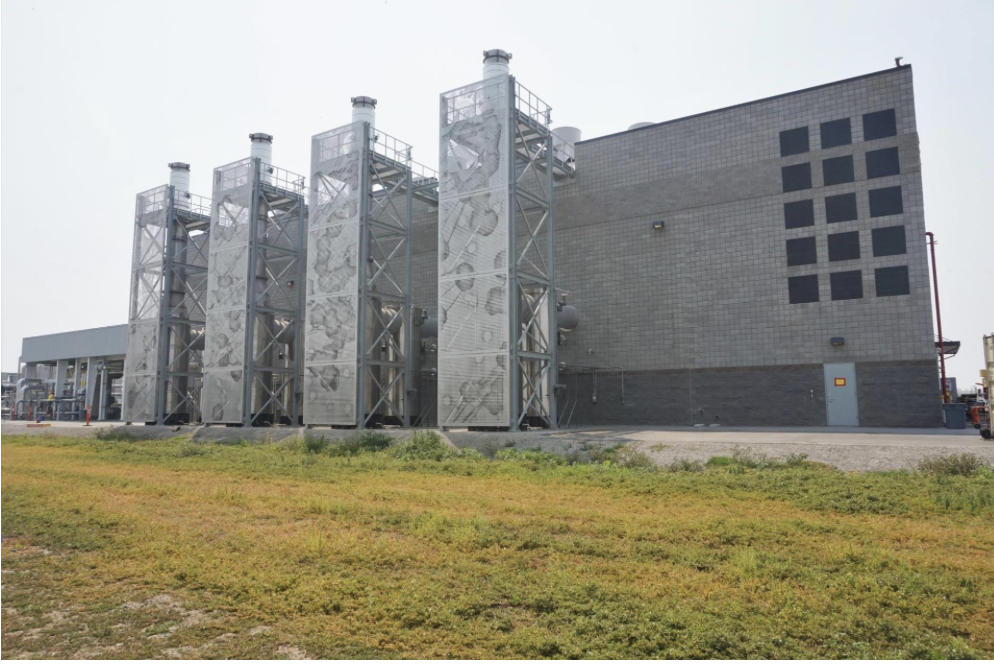Project Delivery
Hard-Won Project Lessons Shared at Big CM Conference

The city of San Jose, Calif. used design-build for a $114M cogeneration plant.
Photo courtesy of the City of San Jose
When Lori Kahikina joined the Honolulu Authority for Rapid Transportation in 2021, its reputation was “horrendous,” she recalled. Costs and delays to the city's planned 20-mile light rail project to be built in three phases—the first fully automated system in the U.S.—had ballooned and public support was flagging.
Kahikina let go of non-vital staff, nixed a public-private partnership plan for the third segment and “asked for help” from various city agencies and construction experts, she told attendees of the Construction Management Association of America’s annual conference in San Francisco Oct. 24 to 29.
Without cultivating agency relationships and breaking down silos, “we couldn’t have opened the first segment,” she said. The first 10-mile section opened last year, with the second 5-mile section to follow in 2025. The agency this summer awarded Tutor Perini a $1.66-billion contract for the 3-mile, six-station third section.
Kahikina also nixed a $400-million indefinite delivery/indefinite quantity contract, then had lunch with the contractor to explain her reasons, she recalled. The contractor eventually won a new contract.
Construction managers should “understand the big picture” of a project, and proactively engage in solving problems rather than just passing along messages between owners and contractors, she said.
She and other panelists at conveyed that communication and documentation at every project stage are key to success, including minimizing claims and community opposition.
For the Port of Los Angeles, once a project is complete, “We get all the team together … and go through the issues we had,” said Charles Adams, assistant chief harbor engineer. “Lessons learned are documented and the report is in a place where anyone can access it.”
The port leads constructability reviews halfway through design, and has designers make a presentation to the reviewers, he added, comparing the process to renovating an apartment while working with the tenants.
The agency holds quarterly contractor sessions and uses “comprehensive documentation” such as meeting minutes, inspector reports and construction site camera photos. If a conflict with a contractor cannot be resolved quickly, “we bring in an impartial consultant to tell us what we’re not seeing,” he said.
The Port of Long Beach began a risk assessment program in 2012 and established a risk register in 2023, said Angel Palma, a port senior civil engineer. Designs at 30% are run through a Monte Carlo simulation, producing 1,000 iterations to establish a contingency fund, he said. Once the project finishes, a lessons-learned workshop is held and new risks are added into a database, Palma added.
The city of San Jose, Calif., relies largely on its construction manager consultant Stantec to help it execute a $1.4-billion, 10-year capital plan and navigate a learning curve with design-build, said Kapil Verma, deputy director of capital improvement projects. “Why did we need a CM on a design-build job? We softened the blow in the learning curve,” he said.
The city has done three design-build projects, including a new $114-million cogeneration facility, and two projects that were low-bid design-build, he noted.
The method has not necessarily made projects proceed faster or cheaper, but "we manage risk better," added Mariana Chavez-Vazquez, general manager of the San Jose Regional Water Facility.



